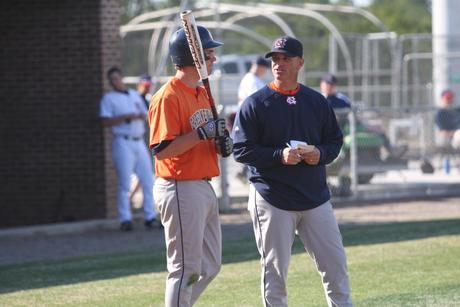A pitcher comes set, looks back to second base, looks to home, and throws a pitch. The runner on second base leaves early and practically walks to third base for an easy steal. “What the … ? How did he not see his huge lead? He was looking right at him!”

You missed the sign three times already. If you don’t bunt this time, you’re walking home.
A batter comes toward the plate with a runner on first and looks down for the sign from the coach. The coach gives the bunt sign and the batter nods and proceeds to swing at the first pitch and pops it up. “What the … ? How did he not see the bunt sign? He was looking right at me!”
These type of things happen even at the higher levels more times than you’d think. It’s often because the player reflexively looked where he needed to look but didn’t really see what needed to be seen. He looked at the runner or the sign from the coach because that’s what he has been trained to look at since day one.
Just looking at something isn’t enough. The bigger question is … what do you see and what does that mean to you? If the pitcher had thought this way he would have noticed the big, walking lead and made the runner stop before throwing the pitch. If the batter thought this way he would have noticed the bunt sign and performed it accordingly.
We coaches demand that players look at a variety of things during the game. But are we teaching them what to actually look for or is just looking enough?
Tomorrow’s post: Drills to prevent reflexive looks

